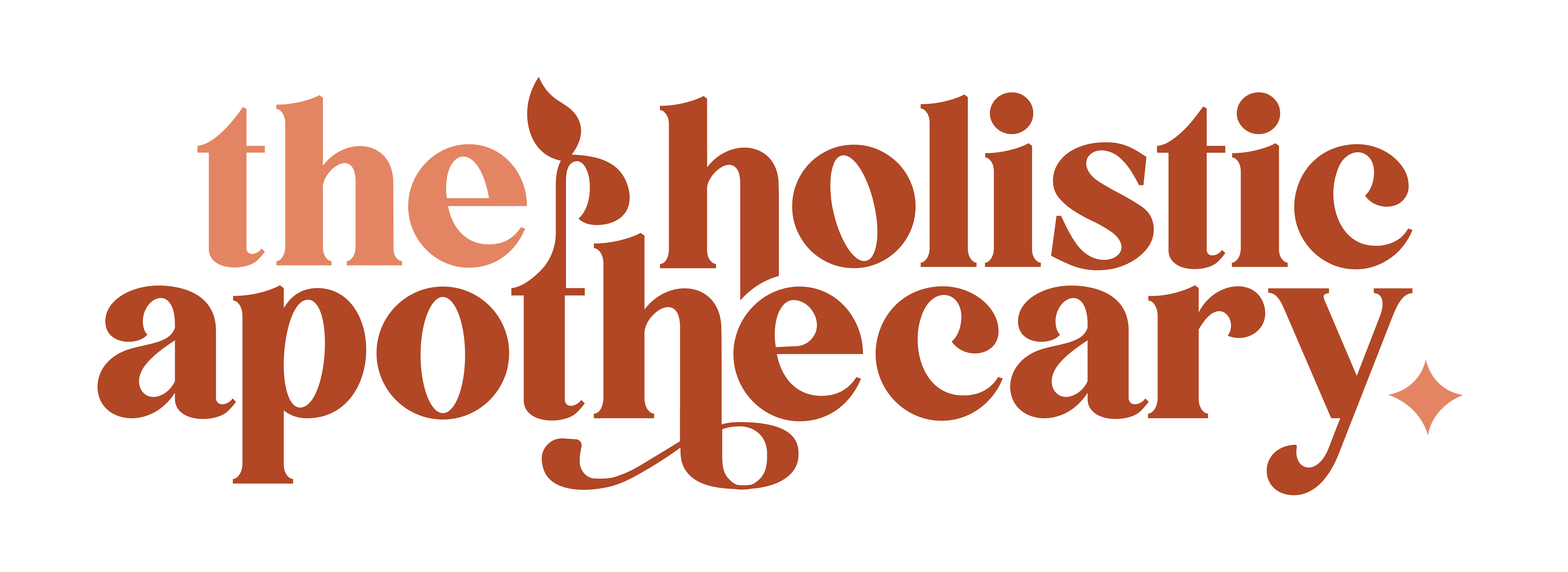Muscular System
We have 650 muscles in the body that not only support movement but control walking, talking, sitting, standing, eating, and other daily functions, as well as maintain posture and circulate blood and other substances throughout the body.
Three types of muscles: skeletal, smooth, and cardiac
- Skeletal: the only voluntary muscle tissue in the human body and control every action that a person consciously performs. Most skeletal muscles are attached to two bones across a joint, so the muscle serves to move parts of those bones closer to each other.
- Smooth (visceral): found inside organs such as the stomach and intestines, as well as in blood vessels. It does not have the banded appearance of skeletal or cardiac muscle. The weakest of all muscle tissues – contract to move substances through the organ. It is involuntary because it in controlled by the unconscious part of the brain and cannot be controlled by the conscious mind.
- Cardiac: found only in the heart, involuntary muscle responsible for pumping blood throughout the body. These cardiac muscles signal other cardiac muscles to contract. While hormones and signals from the brain adjust the rate of contraction, cardiac muscles stimulates itself to contract.
Muscles are most commonly identified by their different shapes and functions.
Diseases of the muscular system
Inflammatory myopathies:
- Polymyositis: inflammation and progressive weakening of the skeletal muscles
- Dermatomyositis: polymyositis accompanied by a skin rash
- Inclusion body myositis: progressive muscle weakness and wasting
- Muscular dystrophies: affect muscle fibers
- Metabolic muscle disorders: interfere with chemical reactions involved in drawing energy from food.
- Neuromuscular junction disorders impair the transmission of nerve signals to muscles.
- Myasthenia gravis: varying degrees of weakness of the skeletal muscles
- ALS (amyotrophic lateral sclerosis, Lou Gehrig’s disease): motor neuron disorder that affect nerve cells that supply muscles.
Symptoms of a muscle disorder: weakness, abnormal fatigue with activity, muscle spasms, cramping or twitching. Neuromuscular disorders: drooping eyelids, double vision, blurred speech, difficulty swallowing, or difficulty breathing.
Symptoms and their Emotions
- Muscles: Resistance to new experiences. Muscles represent our ability to move in life.
- Muscular dystrophy: “It’s not worth growing up.”
Holistic ways to Heal:

